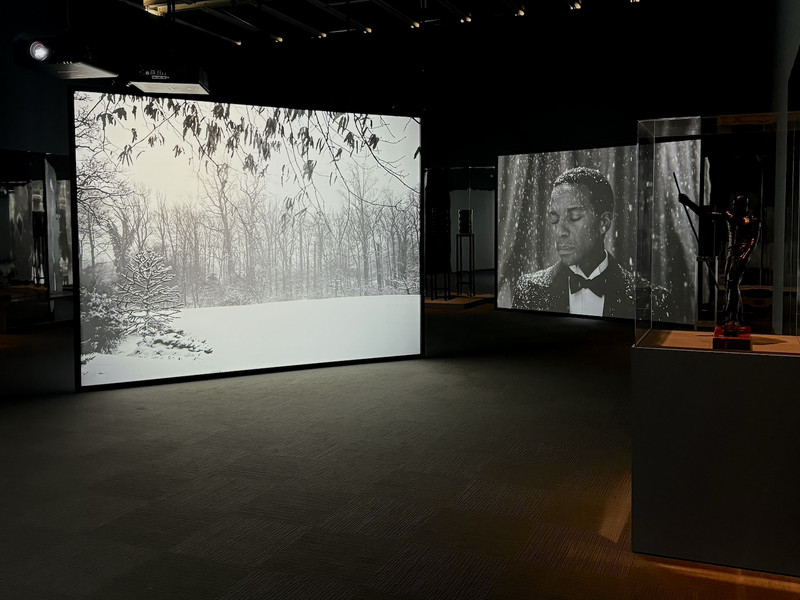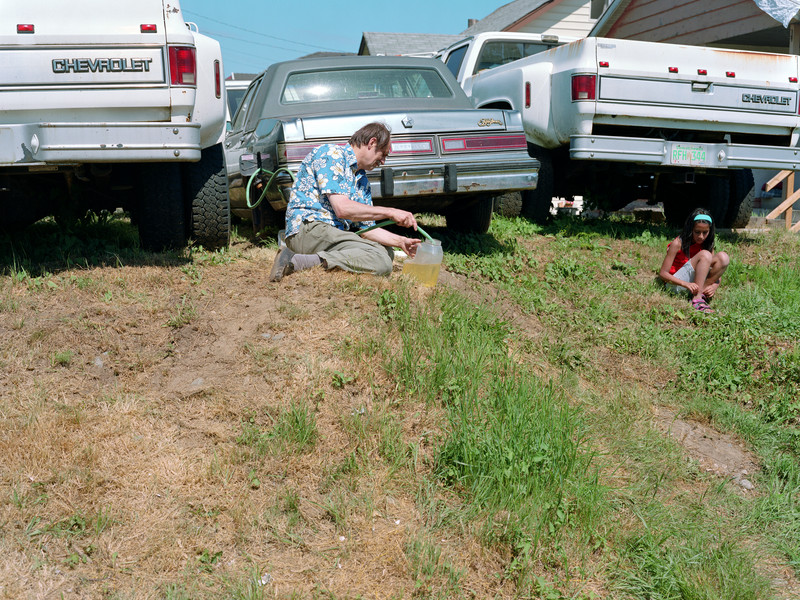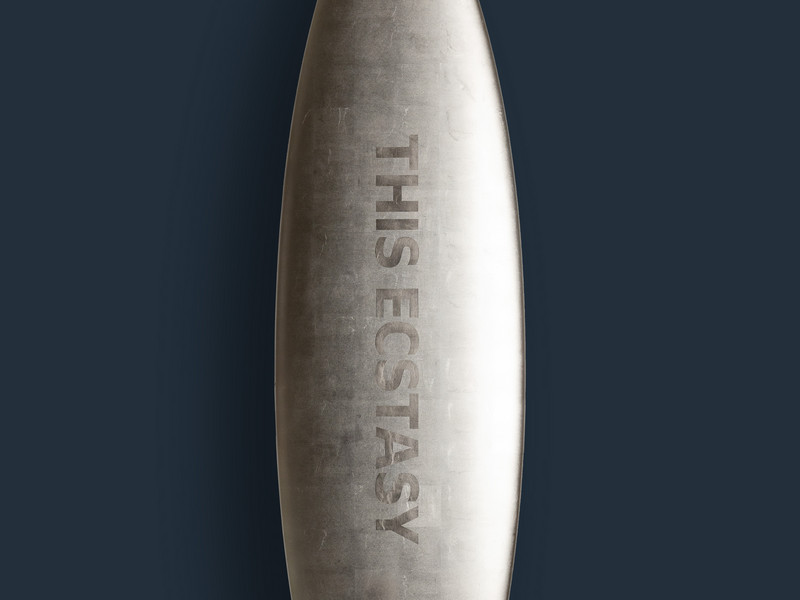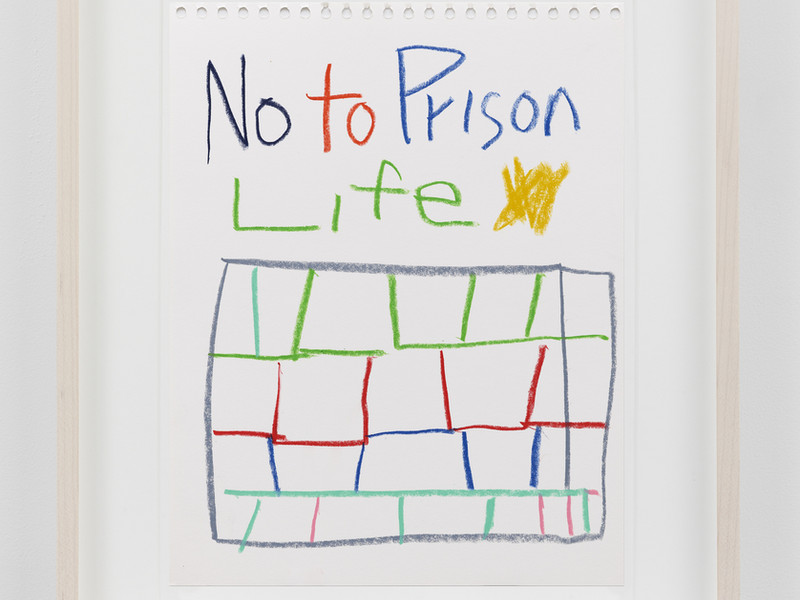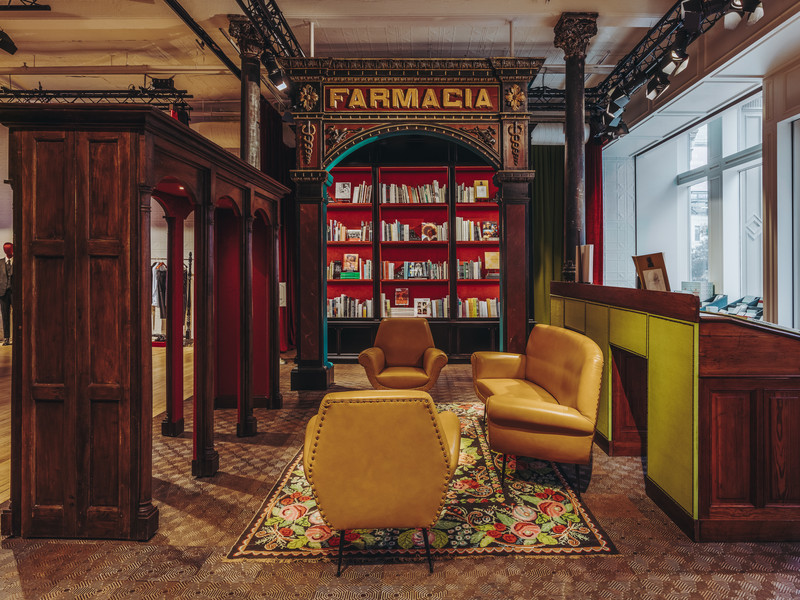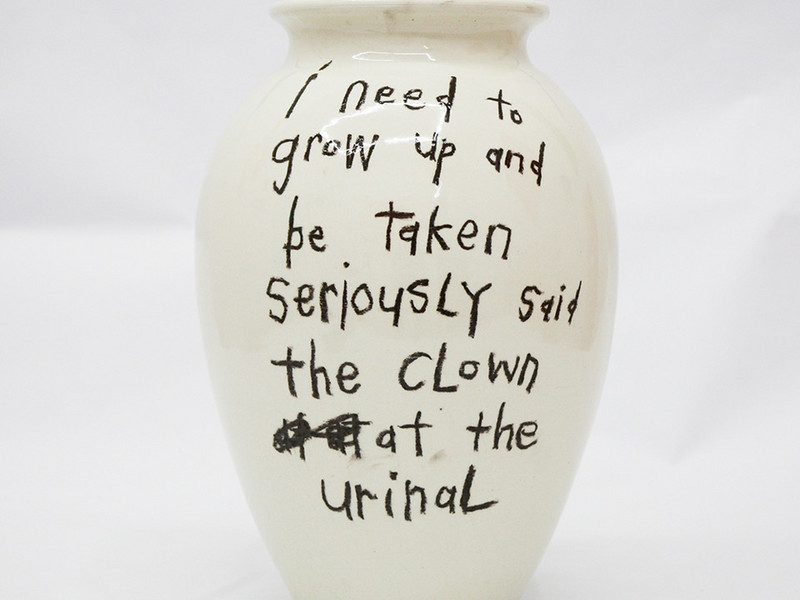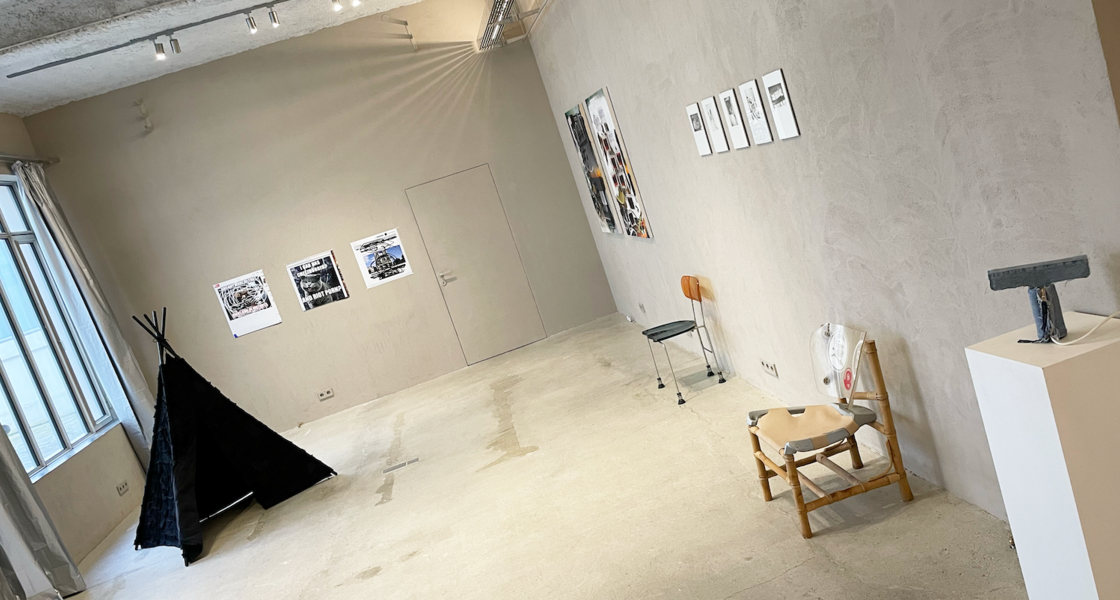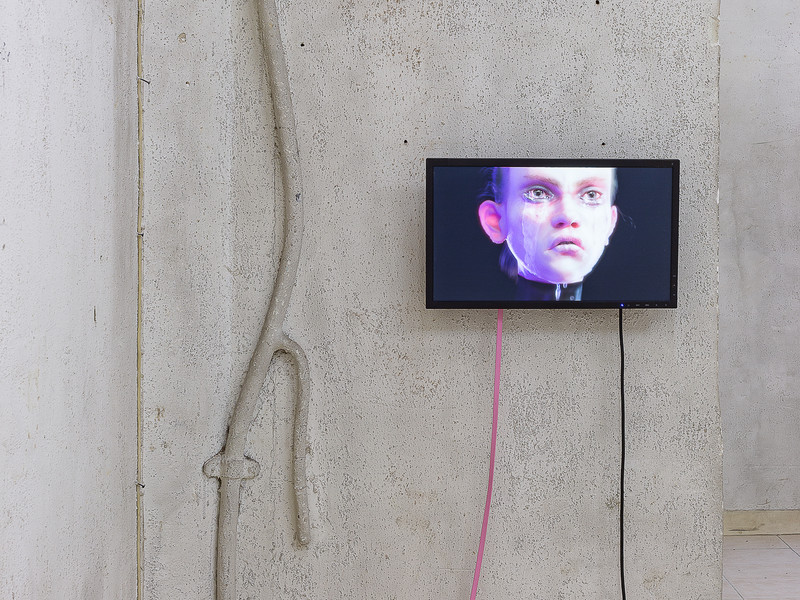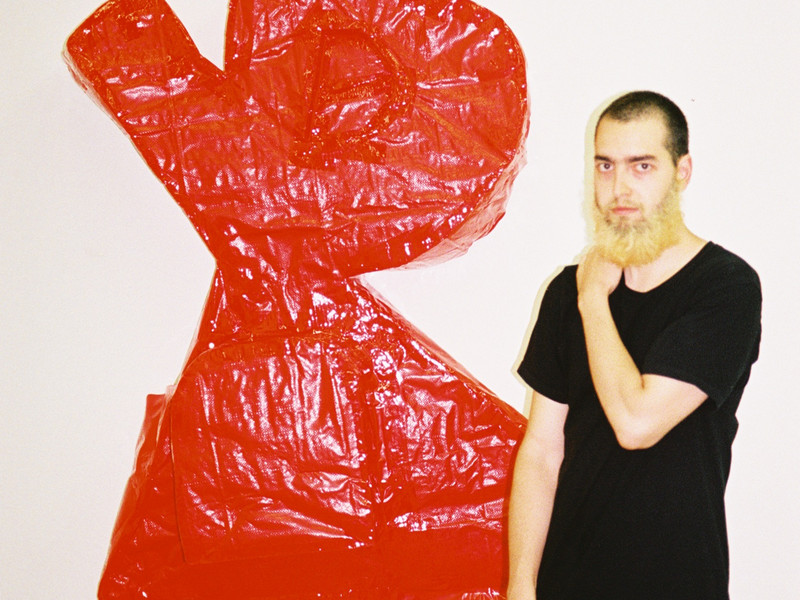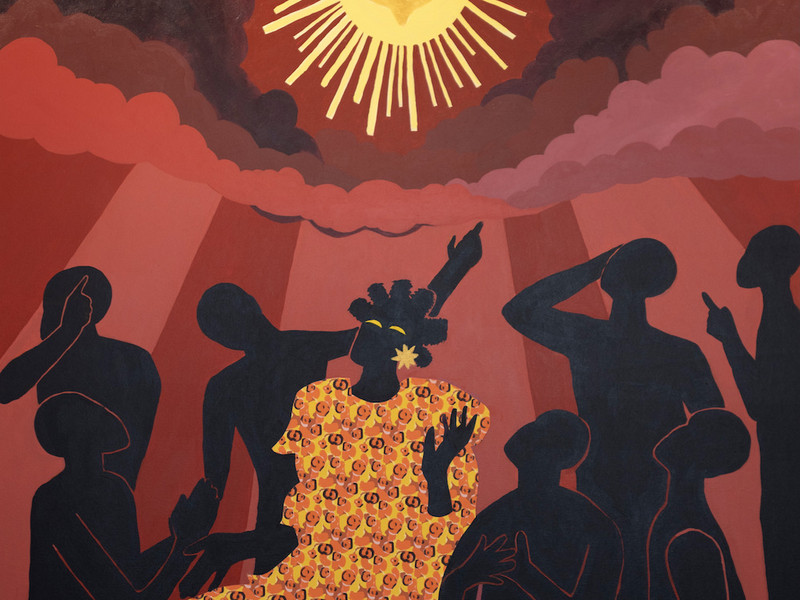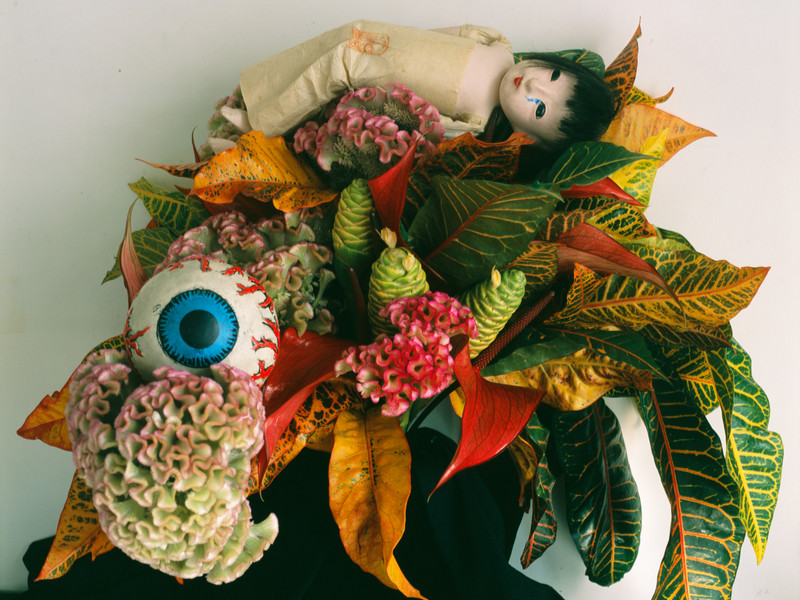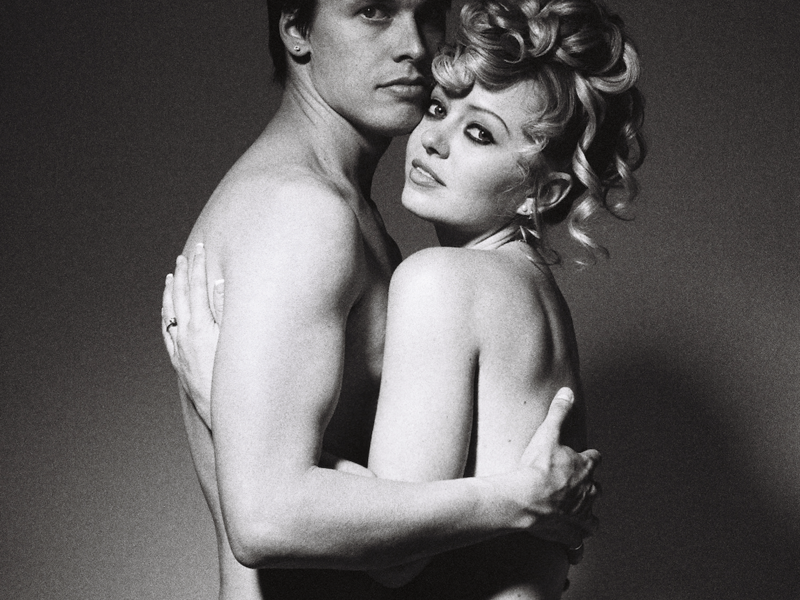In Your Anger, I See Fear
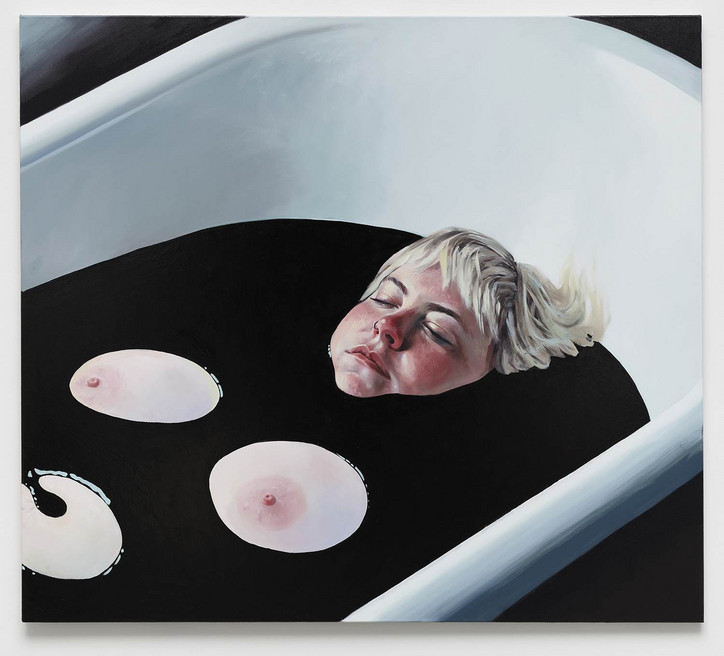
Do you engage in the museum scene in London?
Yeah, I'll go to the Tate Modern and the National Gallery, and some of the smaller ones, like the Sir John Soane's Museum, which is really amazing. It's this fancy architect who turned three houses into this labyrinthine Victorian thing. It's really fascinating, and it has like a bunch of stuff he's, like, plundered. But it's a really beautiful place, and there are a lot of places like that are just, like, little secrets!
The parks and the gardens are so great in London as well.
Garden culture in England is just so supreme! Coming from Baltimore, I just didn’t realize that until I moved to a city that has gardens everywhere.
What’s your favorite spot in London?
The first thing I can think of is Tower Hamlets Cemetery Park. It’s one of the magnificent seven Victorian cemeteries. It’s so beautiful. It’s not that big of a park, but you feel like you’re in the middle of a forest. And it was affected by the war, so all the headstones in part of the park are strewn around, and they let it overgrow in the summer. It’s amazing.
What’s your workspace like?
I’ll give you a little tour! Here’s some current stuff I’m working on [Lydia shows me various canvases leaned up against the wall] and I also have a skylight. That’s my sewing zone. And then there’s my cozy area – that’s the chair I fall asleep in most days.
It looks so clean and organized!
It's so funny because the perception I have of myself is very like, you know, I am so chaotic and everything's a mess but actually it's not so bad in here. It does help when things are a little more organized. Usually towards the end of the show, it's a lot more chaotic in here.
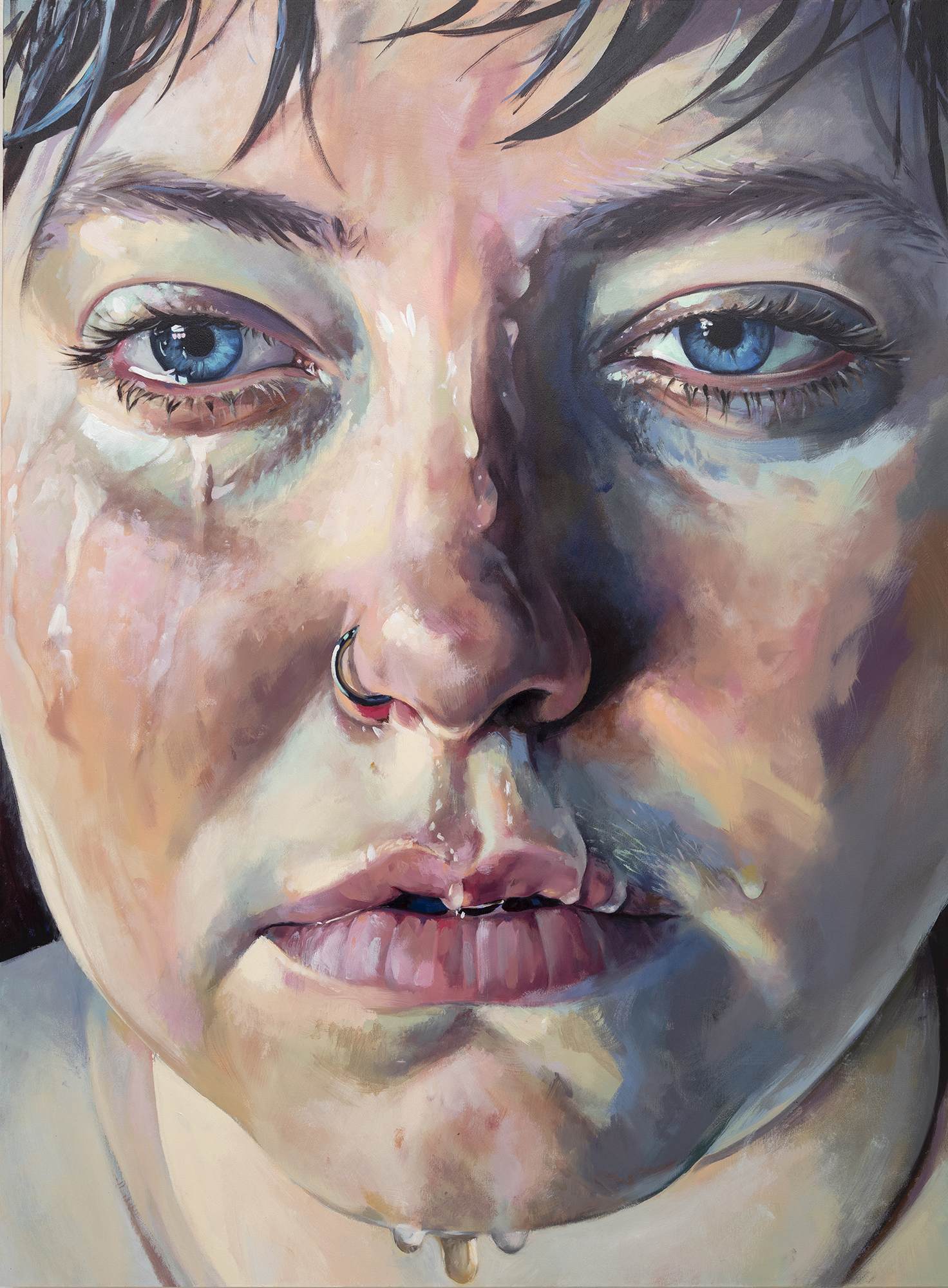
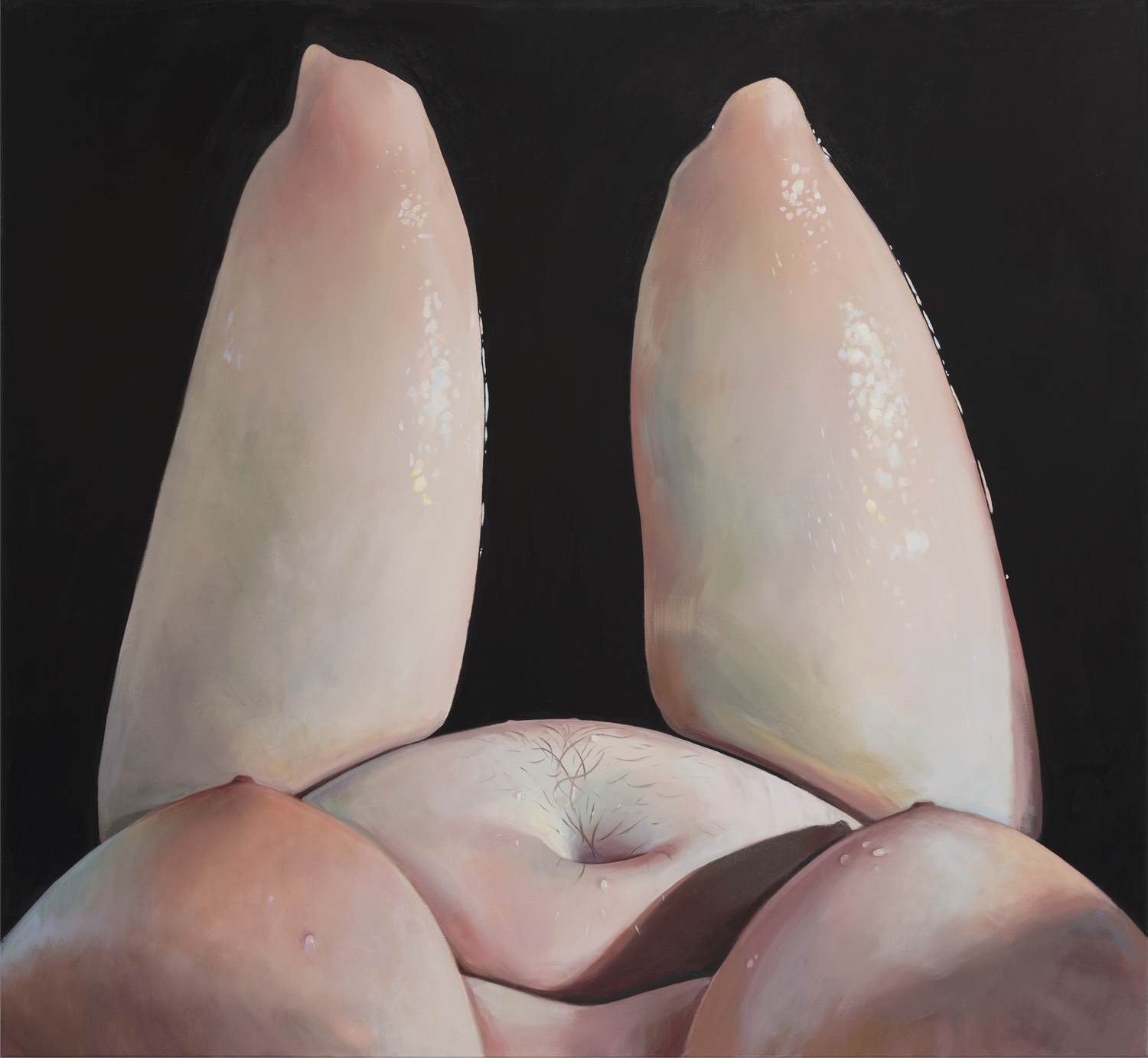
How many pieces do you work on at a time?
It just depends on what’s happening. I’ve had four to six large pieces going at once, and there are other times where I just work on one small piece at a time. Ideas come in waves for me, and sometimes they’re inspired by timeframe and time pressure and stuff like that. I do prefer working in multiples because it helps with my attention span and I can work a little bit on each of them a day, and it feels a lot more satisfying to take incremental bites out of multiples rather than laboring over one piece. And, you know, it helps with dealing with the frustration of having to stop because a painting is too wet and I can't go anymore and I don't have anything else to do.
If you were speaking with someone who had never seen your paintings, how would you describe your work, both stylistically and thematically?
Traditional figurative painting is a big core of my work, so there is a painterly hyper-representation alongside these psychologically surreal spaces. But I think that it depends on the work they're seeing. If it's something very obviously horror adjacent, I can throw that in there.
But some of my work is not necessarily about that. I think that people can generally understand where I'm coming from in terms of my artistic education. I love Jenny Saville, Caravaggio, John Singer Sergeant, and Lucian Freud. But I think that I've branched away from the content of that kind of work. I think focusing on self-portraiture and more of the camp and whimsy that can come along with horror as a genre is taking the aesthetics of more traditional painting and pairing it with more cultural amp.
I’m glad you brought up your horror-informed work – it’s so cool!
It’s fun! It’s nice to do something a little dumb, you know? Because horror is like, it is kind of stupid a lot of the time. But in a way that is charming and engaging, just delightful exaggeration, and it's nice to engage with that when you have had such a traditional education that is so much about observation and capturing what's right in front of you and not, you know, not using photos, not using all these things which I exclusively use now.
And photography is a big part of my work. But yeah, getting to take the skills I've learned doing traditional painting and then applying it to stuff like painting myself as like a murderer or a witch or, like, the victim of a haunted house, things like that… it's more fun.
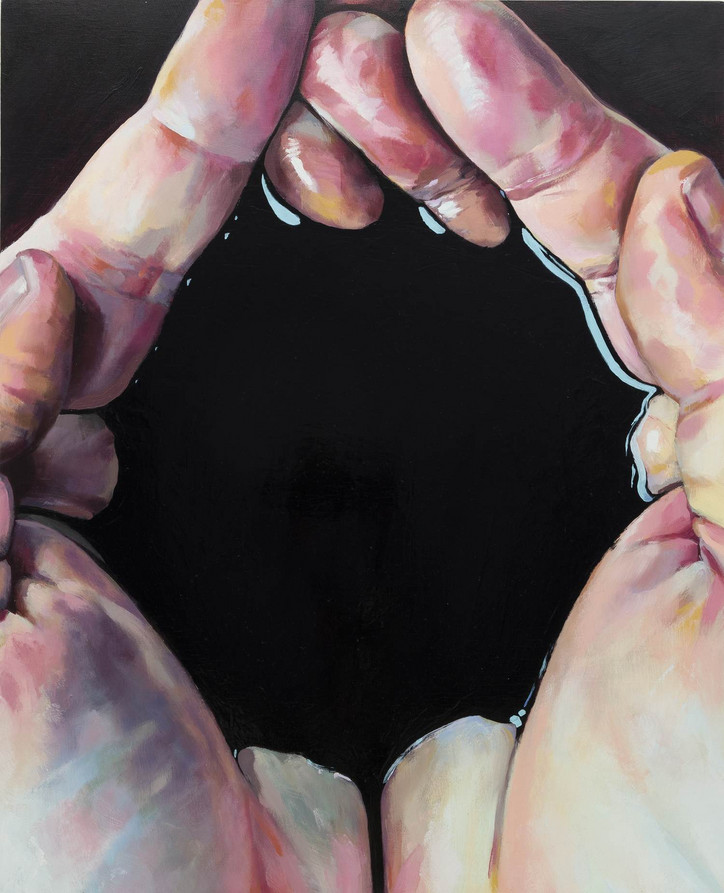
There’s always a question with figurative paintings of what exactly is being expressed. Like, you have a body in space, but what is the figure expressing in terms of movement or emotion, you know? I think your horror paintings are really interesting because of how clearly they articulate emotion and feeling. They’re very direct.
Yeah, which really speaks to the genre because I think the way I’d describe horror is that it’s basically a hyper-exaggeration of normal feelings and experiences, right? So, it’s like spelling things in bold letters to the viewer. And so even though there might not be much happening in a painting, there’s an obvious sort of sinister undertone based on our collective knowledge of cinema and image making and photography.
Do you watch a lot of films? And do you find that your work is informed by cinema?
Oh, all the time. Yeah. I’ve seen a lot of horror films. There are a lot of motifs that appear in my work that are direct references to film. The silhouetted figure in the doorway, the girl on the phone, the raised knife, the scissors… I do a painting of myself holding scissors as a direct reference to the number of times in horror films where a woman defends herself with scissors and it’s a very interesting gender dynamic that people don’t really notice that much. And since I’ve done that painting, it’s like, every time I’m watching a movie and someone picks up scissors, my flatmates are like, “scissors, scissors!”
That’s so funny.
But it’s true, though. It's like this weird domestic object is the go to defense mechanism for women in horror. And I find that so fascinating.
And then there are other motifs, like the black liquid that I employ in paintings, which come directly from films like The Amityville Horror and Alien and Haunted House and the Possession films. The black liquid in those films is used as a way to describe a curse or a possession or a disease, whether it's of a structure or of a person. And so using black as both an environment in this void space, but also as a physical weight and something that can either swallow or escape you or, things like that… It’s just a very easy way to communicate how heavy the past can be and how heavy trauma can be and how persistent and pervasive its effects can be.
I think your use of black is so interesting in that it’s a shade that’s so rarely observed in our natural environment; the “blacks” we see in daily life tend to just be really dark shades of another color. But the black you use really emphasizes void while also feeling conducive to the earthier tones of your pieces.
Yeah, because I tend to paint skin in a prismatic way, where there's a great deal of color making up the impression of flesh. So if you look at my work up close, you'll see there are greens, oranges, blues, purples, reds, and yellows. There's this gentle complexity to the color in the skin, which is a very pastel and very soft, and then you have the extremely harsh companion to it with the black.
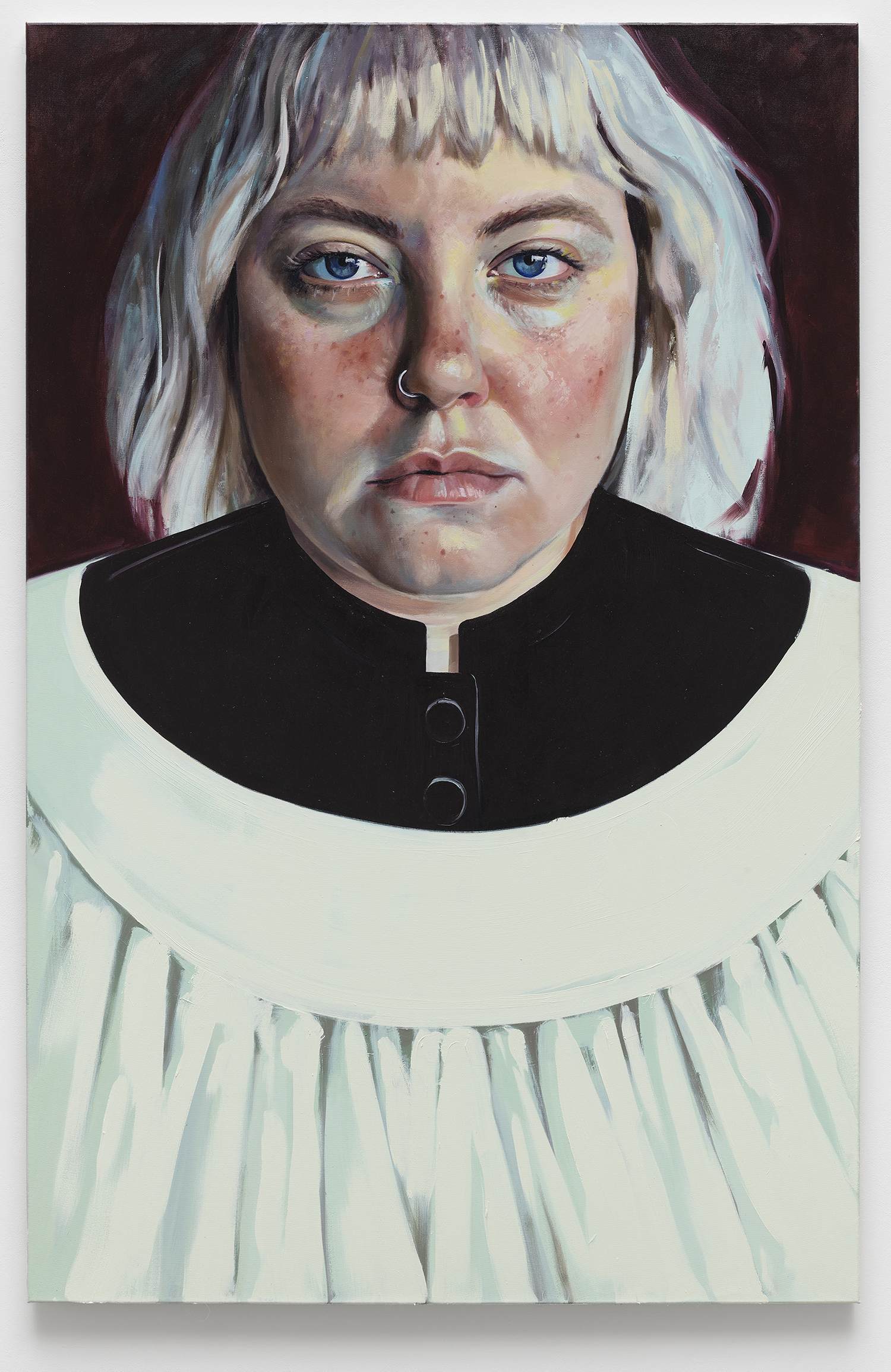
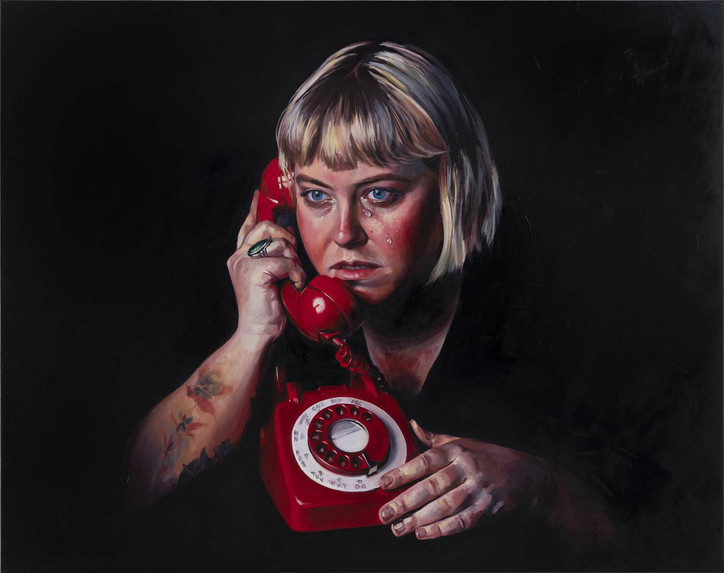
What is it like, both as an artist and personally, to do self-portraiture?
It's interesting. It is really vulnerable. I kind of forgot that it was because I had one solo show in Baltimore in 2018. And I dressed up like one of my paintings and it was like a swimsuit and I was being very, sort of, audacious, but it was quite nerve wracking to see how people see me in person, but also in the paintings that way.
In Berlin this year, I went and saw all my work that felt quite small and intimate in my studio. But when I went to the gallery, which is huge, and saw it installed properly, it actually felt a little frightening and exposing. But for me, exposure is a way of reclaiming my agency over my body. Being extremely candid in my work, even when it makes me really uncomfortable, still feels good to show.
Do you feel like you’ve gotten to know yourself better through that process? What has the journey been like?
I didn’t realize it at first because I just started doing self-portraits relatively recently. But I think it’s a way to unpack stuff subconsciously. And I’ve always felt like chasing that urge. A lot of the times when I make work, I'll just have an idea for something. And even if it's kind of weird, I just don't question it that much because there's something telling me that it’s a significant image. And usually through that I learn a lot about myself.
I did this painting in my choir vestments that I used to wear – I was a professional choir girl from ages eleven to fourteen. And when I made that painting, I recalled this memory of being slut shamed for the first time, and feeling ashamed of my body and my actions. I think a lot of us have this really intense yearning to commune with our younger selves and warn them or try to do something different that could save you from something.
So it was kind of a piece about physically putting on the clothing of my younger self in this fantasy of, what if I stood up for myself to that girl, or what if I hadn't spent so much time around people who made me feel ashamed of my body, or things like that. But ultimately, it's also an act of understanding and forgiveness and realizing that, you know, I'm very content with who I am now, and making peace with a lot of those experiences. So that was kind of a way I could honor that experience and that pain. Ultimately, I was very aware after the first six months that this was a therapeutic action and that I was using the canvas as a mirror more than anything.
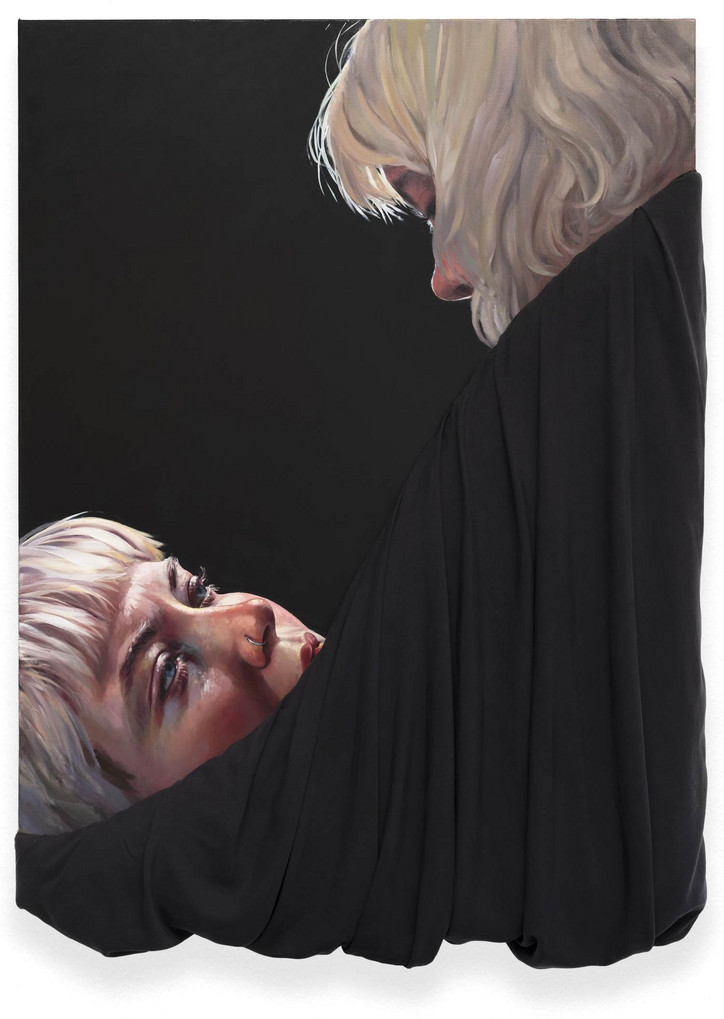
Did you always want to be an artist?
Yeah, I was always drawing when I was young. When I was in middle school I always had a sketchbook with me, and I was constantly drawing. I was at private school, and it was really clear to my parents that I was unhappy. So I moved to an art magnet school and that changed my life. I’m so incredibly grateful that my parents supported me as an artist in that way. I’m so lucky. There really wasn’t any other path for me. I think that art was always the destination.
